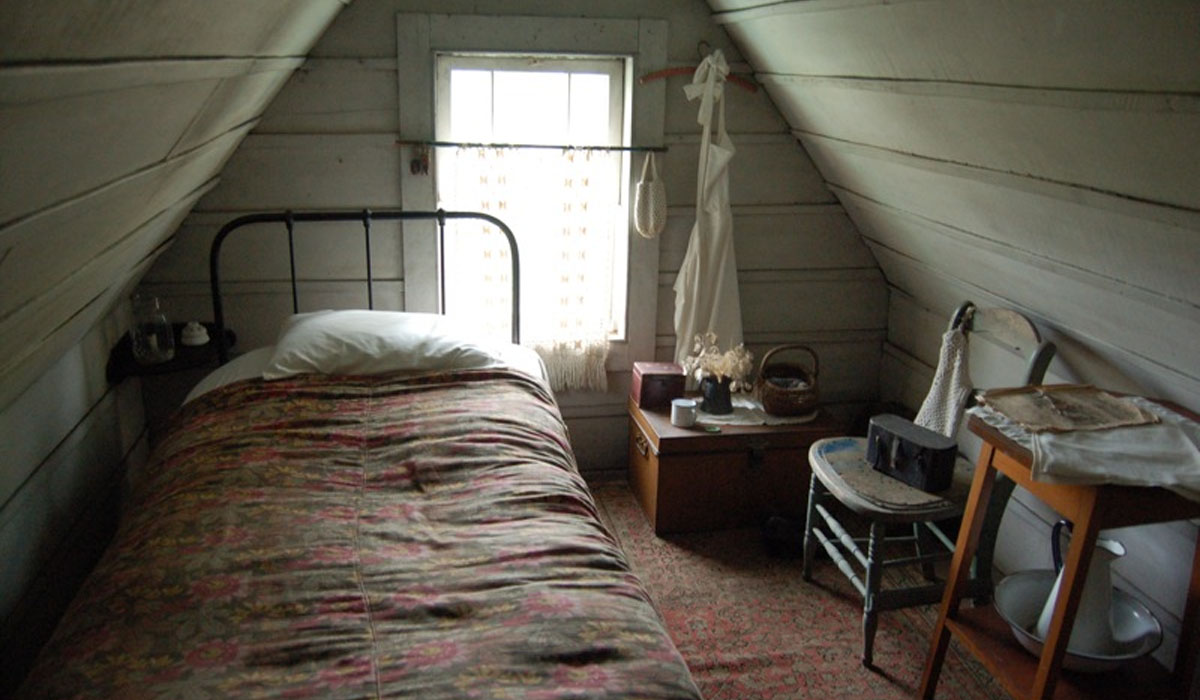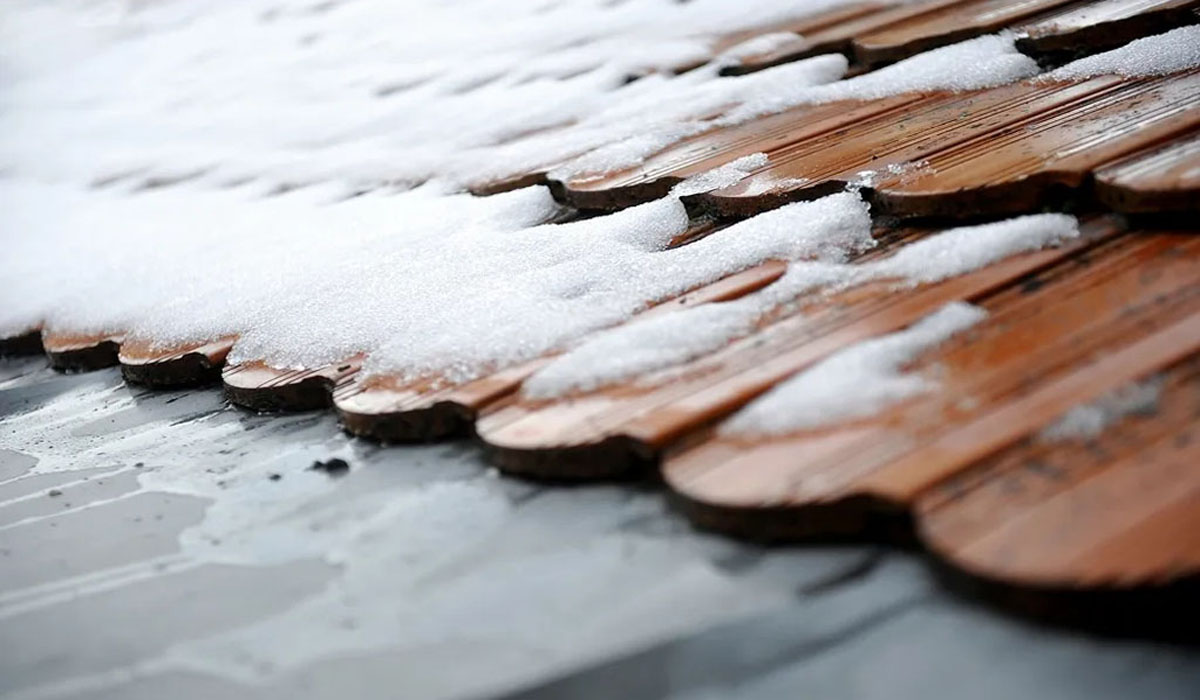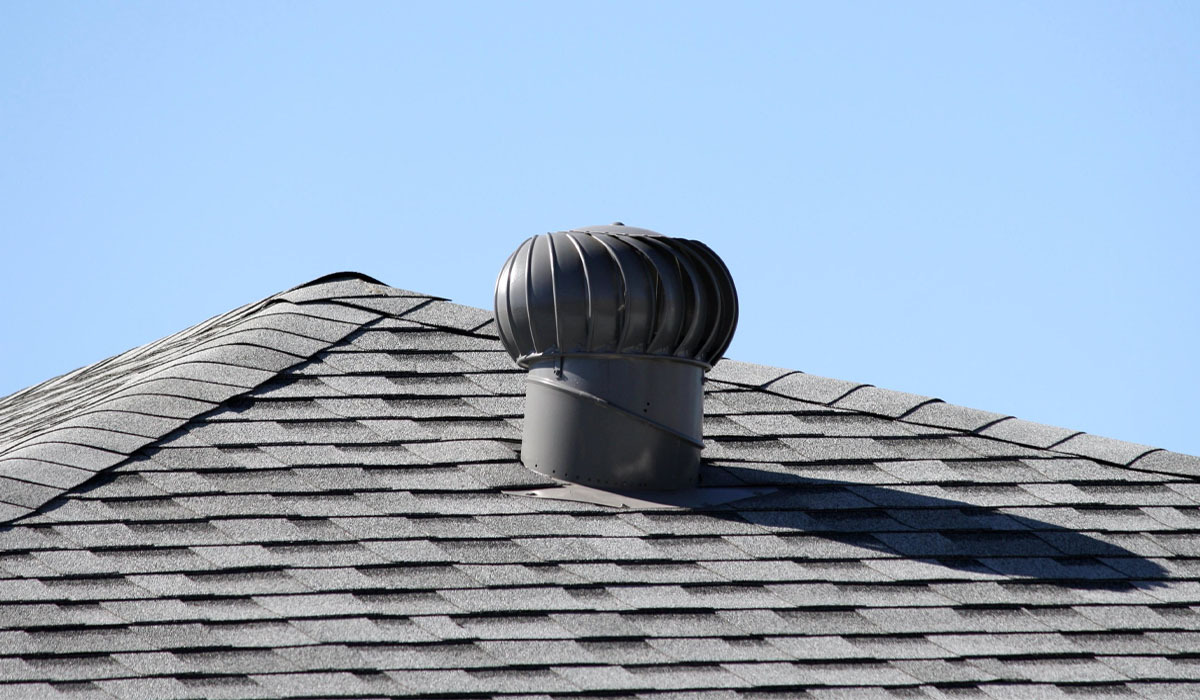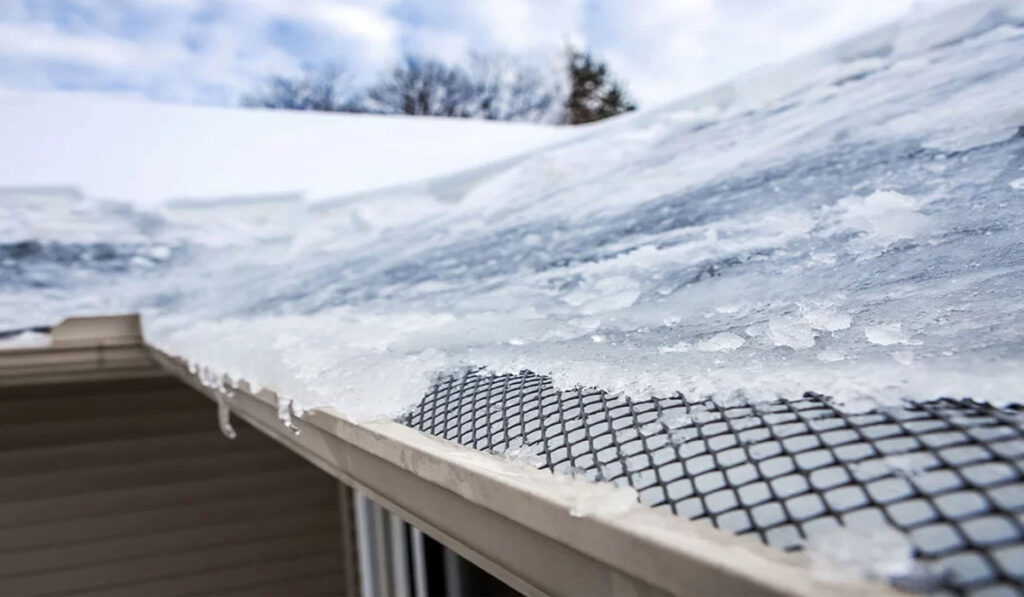How Does A Hot Or Cold Roof Affect Attic Efficiency?
Over time, the insulation in your attic may start to break down. It can lead to big problems like mold growth, ice damming, and a general drop in how well your home keeps heat. Gutter Medics is here to provide quality roof services to keep your home protected. Save energy and money when you call (630) 922-3131 and get a quote today.
Read our FAQs and reviews page to know the quality of our work. Feel free also to browse our media to see the photos and videos of what we do.

What Is Attic Efficiency?
Attic efficiency is how well a home meets energy-efficiency standards set by local and national governments. An energy audit looks at insulation, air sealing, and ventilation to determine a home’s energy efficiency.
There are two types:
- Hot Roof
It uses insulation to keep the building warm in the winter and cool in the summer. The insulation is put in between the decking and the rafters or joists. This type of roof is also called a closed-attic or unvented attic space. It also uses a thermal imaging camera to monitor the temperature in the area.
- Cold Roof
The insulation is installed above the ceiling joists. The heat from the room below will rise to the room above. It makes it harder for the house to heat. This can cause the roof to get wet and mold to grow on the underside in cold places.
A hot roof has poor insulation in the attic, while a cold roof has enough insulation. Energy Star says that many homes built before 1990 have a hot type. Newer homes are more likely to have a cold type. Because they are built with better materials than fiberglass batts, like spray foam insulation.
Benefits Of A Hot Or Cold Roof For Attic Efficiency
When it comes to attics, you should know a few things. You should know, for example, that an attic can be hot or cold. If your top is hot, there is a lot of heat inside your home, which can be uncomfortable for people there.
On the other hand, a cold roof means the attic isn’t letting out much heat. It can also cause problems for the people who live there.
Some benefits of having a hot or cold roof are:

1. Insulation And Air Leaks
Insulation is an important part of any attic. It helps keep the air inside at the right temperature. It also helps seal off air, which is important in attics with HVAC systems.
Energy efficiency could go down if there are air leaks. They allow heat to get out of the house through the roof. This can make it harder for your heating and cooling system to keep your home at the temperature you want.
Whether it is hot or cold, it will help improve insulation and air sealing. This will do a better job of keeping the attic from the rest of the house. It will also help keep water from rain or melting snow out of your house.
2. Ventilation
There are many things to think about when choosing a housing cover, like how well it will ventilate. A hot roof is better ventilated than a cold one. It can help stop the build-up of condensation. Condensation can cause mold and mildew to grow.
Having a well-ventilated attic can also save you money on summer energy costs. Letting warm air move can help keep ice dams from forming in the winter. Ventilation is a very important thing for your home.
3. Moisture Reduction
One thing to think about when choosing a home is the weather in the area. A hot or cold roof might be a good idea if you live in a humid area. On a hot cover, insulation is put under the deck. On a cold cover, insulation is put on top of the deck.
A hot top is often better in places with a lot of moisture. This is because it helps keep the air from getting wet. When water condenses on a cold surface, it can grow mold and mildew, damaging the house’s structure.
It avoids moisture because it keeps the underside warm. This helps keep the moisture level low, making mold and mildew less likely to grow. Because of this, it can help keep your home healthy and safe.

4. Energy Efficiency
The roof is one of the most important parts of your house. How much energy you use can depend on what kind you have. A hot roof means your attic has the same heat as the outside air. It is helpful because it stops ice dams from forming. Ice dams can do a lot of damage to your roof, which can be costly to repair.
It is good because it helps to keep your home warmer in winter and cooler in summer. This can lead to savings on your energy bills. As you can see, there are some benefits to both hot and cold roofs. When choosing a new one for your home, it is important to consider both the climate and your budget.
5. Fire Prevention
A hot or cold roof has no ceiling joists attached to the rafters. This lets the heat of the sun into the attic and warms the air. It keeps snow and ice from building up on it.
A house fire can be stopped by a roof that is too hot or too cold. Before a fire can start, the sun’s heat will dry out anything that could catch fire. This can help keep water and fire damage from happening to your home.
6. Reduced Cooling Costs
It reduces the temperature of hot surfaces in the attic, like roof rafters and ducts close to the ceiling. This makes cooling the house cheaper.
Rooms can still be comfortable even if the thermostat is turned down. It keeps heat from escaping through poorly insulated walls and floors.
It also helps keep homes warm in the winter. It keeps heat from leaking out around doors and windows or through poorly insulated walls or windows.
7. Less Water Damage
Leaks can let water into your attic and can do much damage over time. It could cause mold to grow and make people in your home sick in other ways. Liquids won’t get through the surface of a hot or cold roof, so this won’t happen.
8. Longer Lifespan
Most of the time, hot roofs last longer and are more durable than cold roofs. Over time, you won’t have to pay as much for repairs and maintenance. In the long run, this can help you save money.
For many people in America, winter means it’s time for ice scraping, and think about the best way to keep your attic warm. You can choose to have a hot or a cold roof, but both have their benefits and drawbacks. If you’re unsure, let these benefits listed by our experts guide you.
Gutter Medics offers gutter services that keep ice dams and leaks from happening—giving you a cooler roof that allows you to save money on cooling bills. You’ll also sleep better knowing that you’ve taken care of your roof by us.
Dial (630) 922-3131 to get a quote and see what we can do for your needs!
Gutter Medics Offers Services As Follows:
Other Articles We’ve Hand-Picked For You:
Frequently Asked Questions
If an existing cold roof is to be refurbished, the design should be converted to a warm roof or new insulation should be incorporated into the roofing system to improve thermal performance.
The cold deck roof shown above has insulation at the ceiling level and must have at least a 50mm ventilated cavity. A continuous ventilation gap of 25mm must be used to ventilate the cavity on two opposing sides.
Metal roofs are ideal for hot climates because they perform well in extreme temperatures. Metal is a reflective material that is used for “cool roofing.” Highly reflective paints and coatings can improve the energy efficiency of your roof even further. Metal roofs are becoming increasingly popular.
It is possible to over-insulate your home to the point where it cannot breathe. The purpose of home insulation is to tightly seal the interior of your home. However, if it is overly sealed with too many layers of insulation, moisture can become trapped inside those layers. Mold begins to grow at this point.
Insulating your attic with fiberglass batts or rolls is less expensive and simpler than blowing in loose-fill cellulose. Most do-it-yourselfers still prefer this method of insulating attics. Strips (batts) or rolls of fiberglass are laid between joists in the attic using this method.
The average lifespan is 20 to 30 years, with degradation starting as soon as 15 years after installation. Severe weather or outside interference, as with other types of insulation, can shorten the lifespan.

